Shobhana Samarth
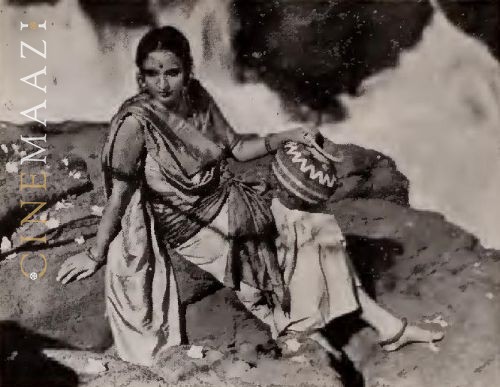
Subscribe to read full article
This section is for paid subscribers only. Our subscription is only $37/- for one full year.
You get unlimited access to all paid section and features on the website with this subscription.
Not ready for a full subscription?
You can access this article for $2 , and have it saved to your account for one year.
- Real Name: Saroj Shilotri
- Born: 17 November 1916 (Bombay)
- Died: 09 February 2000 (Bombay)
- Primary Cinema: Hindi
- Parents: Rattan Bai , P.S. Shilotri,
- Spouse: Kumarsen Samarth
- Children: Nutan , Tanuja , Chatura, Jaideep
- Grand Children: Kajol , Tanisha , Mohnish Bahl
When the beautiful Saroj Shilotri wanted to become an actress, her maternal uncle opposed the idea, worried that nobody would marry her. Fate had other plans, however. Her marriage was arranged with a distant relative, the handsome Kumarsen Samarth. Incidentally, Kumarsen had trained in Germany to become a cinematographer, and so Saroj could realize her dreams even though she was married. Under the name of Shobhana Samarth, she made her debut in Nigah-e-Nafrat (1935) –,embarking on a career as an actress and producer for the next few decades, a legacy continued by her daughters, granddaughters, grandson and now a great-granddaughter.
As a lead actress, Shobhana Samarth was soon sought after for her stunning good looks, which led to her being cast in the leading mythologicals of the day. Her most well-known role was that of Sita in the 1943 historical Vijay Bhatt film, Ram Rajya. An impressive line-up of films in the talkies era saw Shobhana Samarth working with the best of actors and directors. Master Vinayak, Baburao Pendharkar, Yakub, Prem Adib, and Motilal were some of her costars in the 50 films she appeared in as a leading lady. These included popular movies such as Do Diwane (1936), Kokila (1937), Bharat Milap (1942), Vijay Laxmi (1943), Savera (1942), Mahasati Ansuya (1943), Veer Kunal (1945) and Taramati (1945).
Though she appeared in primarily devotional and mythological films, off the screen, Shobhana Samarth led an independent life, unconventional in her times. Separated from her husband, some sources claim that she was romantically involved with Motilal, her co-star in a number of films. Independent and enterprising, she started her production house, Shobhana Pictures in 1950. Chandulal Shah spotted her elder daughter at a social gathering and had offered to cast her. That set Shobhana thinking and she decided to introduce her daughter in a home production that she directed. Hamari Beti (1950) saw the debut of the legendary actress, Nutan. A woman with a keen sense of the future opportunities this signalled, Shobhana Samarth decided to send a teenage Nutan to a finishing school in Switzerland. She was also astute enough to call Nutan back when she landed a plum role in 1954. Shobhana Samarth also introduced her younger daughter Tanuja to the world of Hindi cinema in the 1960 home production, Chhabili.
Shobhana Samarth continued to act in the 1950s and 60s, playing interesting roles such as that of Sadhana’s vain aunt in Love In Simla (1960), the long-suffering mother of Nutan in Chhalia (1960) or the supporting role of Yashodhara in Chitralekha (1965).
By the time she died in February 2000, Shobhana Samarth had established a formidable and reputed lineage. Just as the Kapoors are remembered for their four generations of actors, the Samarth family will always be remembered for providing five generations of actors to the Indian screen in various languages.
-
Filmography (13)
SortRole
-

Ghar Dwaar 1985
-
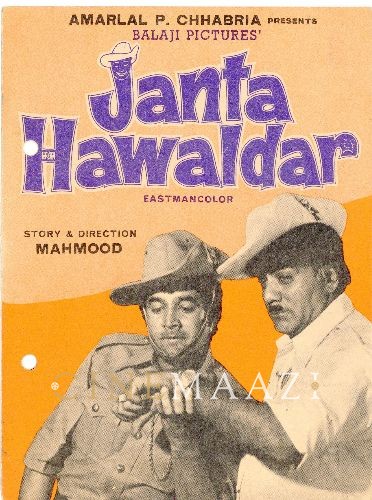
Janta Hawaldar 1979
-
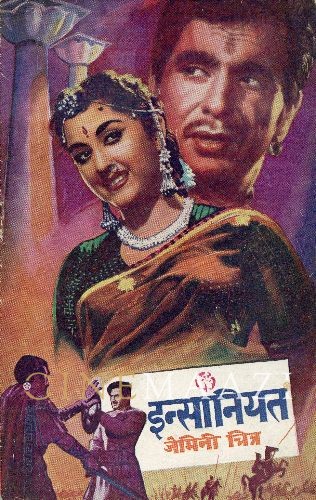
Insaniyat 1955
-

Prisoner of Golconda 1954
-
Parbat 1952
-
Raam Janma 1951
-

Hamari Beti 1950
-

Urvashi 1946
-

Barat 1942
-
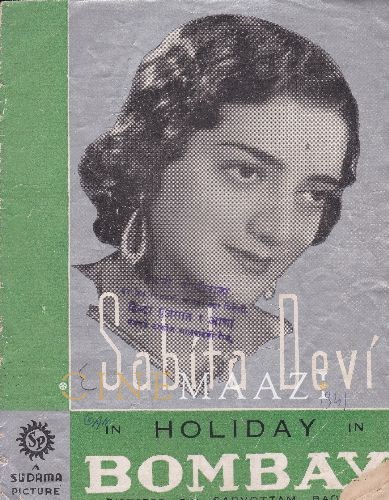
Holiday In Bombay 1941
-

Sadhana 1939
-
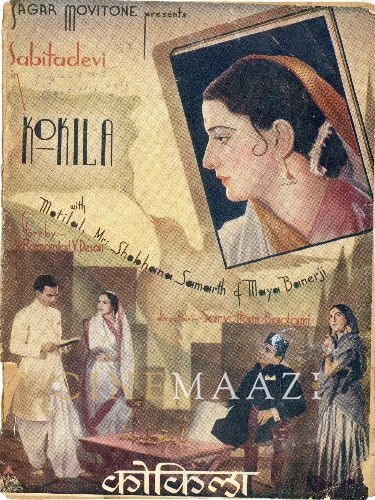
Kokila 1937
-








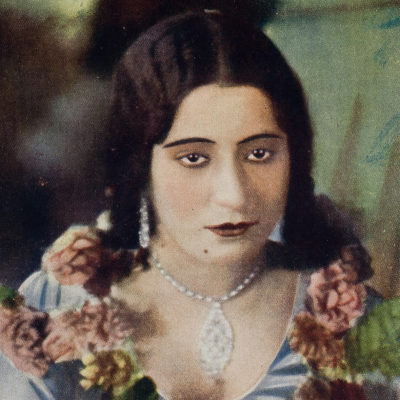
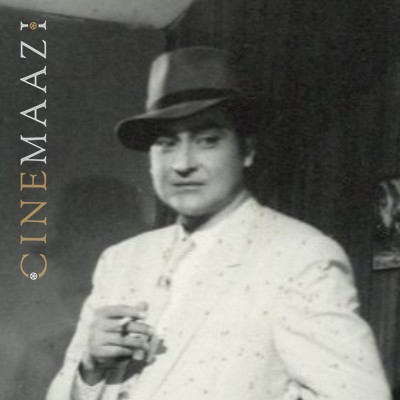

.jpg)



